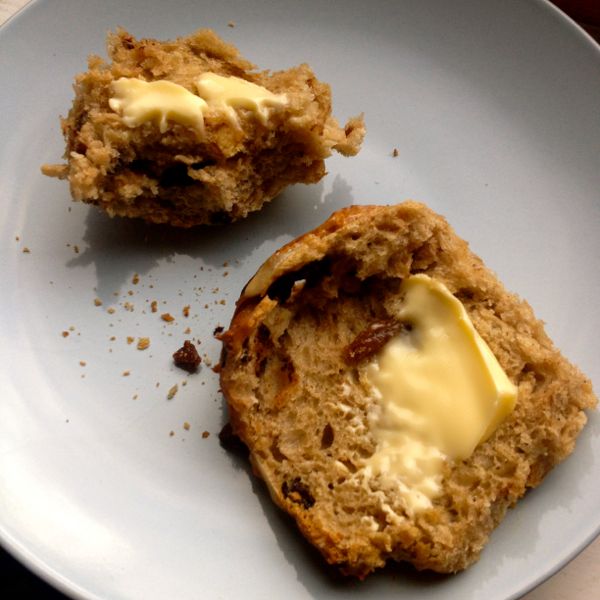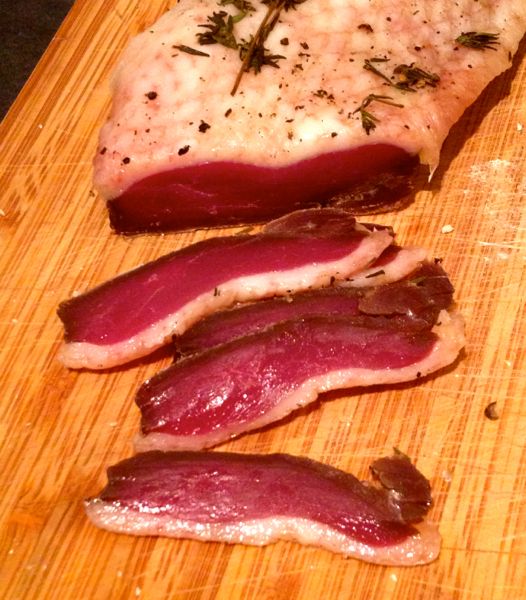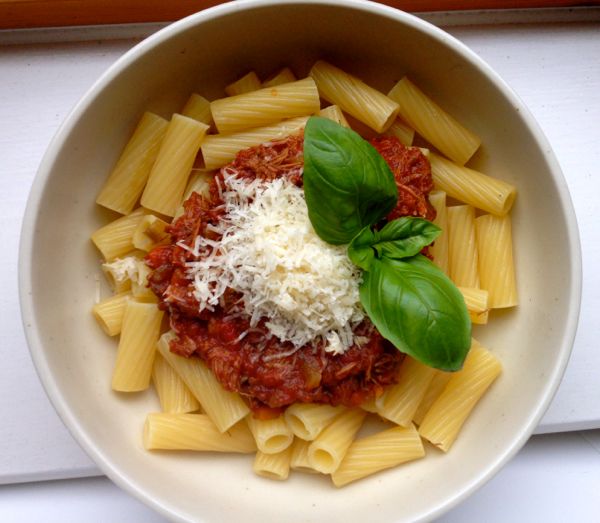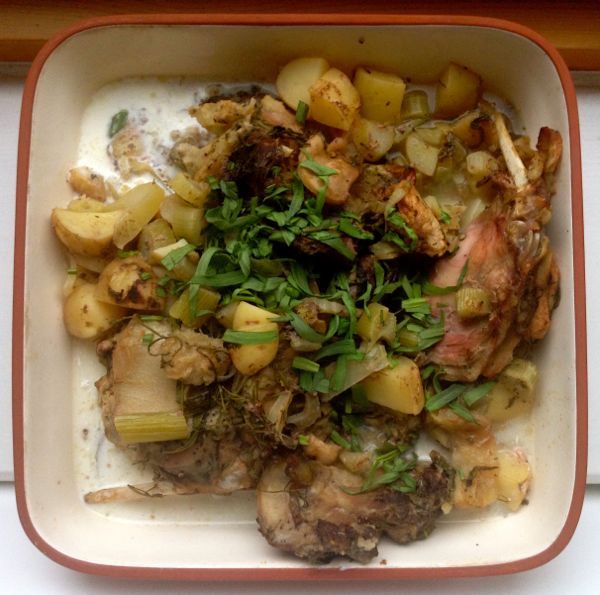Dark Chocolate and Prune Hot Cross Buns
 I used to be very strict about only eating hot cross buns on Good Friday as tradition dictated and then Marks and Spencer brought out their limited edition chocolate and caramel ones and I had to start cramming as many in as possible in a short space of time to make the most.
I used to be very strict about only eating hot cross buns on Good Friday as tradition dictated and then Marks and Spencer brought out their limited edition chocolate and caramel ones and I had to start cramming as many in as possible in a short space of time to make the most.
This year, they don’t seem to be doing this variety at all and I am highly disgruntled. I had a little sulk and then I tried the stem ginger ones to see if they hit the spot. They didn’t, so I decided I would revisit one of the very first things I blogged and make my own hot cross buns instead of waiting for someone else to fulfil my baked goods needs.
They were going to be dark chocolate and ginger and then I realised that I didn’t have any crystallised ginger, but I did have a big bag of prunes and what goes together better than chocolate and prunes? The recipe is adapted from Dan Lepard’s Spiced Stout Buns which are actually very easy to make despite what I thought a few years ago as a novice baker.
Dark Chocolate and Prune Hot Cross Buns (makes 18)
- 325ml warm water
- 1 1/2 teaspoons fast acting yeast
- 1 1/2 teaspoons ground ginger
- 1 1/2 teaspoons ground cinnamon
- 1 1/2 teaspoons ground allspice
- 1/2 teaspoon mace
- 1/2 teaspoon nutmeg
- 875g plain flour
- 50ml dark rum or brandy
- 50ml golden syrup
- 250g prunes, stoned and chopped
- 250g mixed dried fruit
- 100g dark chocolate, roughly chopped
- 1 large egg
- 50g melted butter
- 100g sugar
- 200ml cold water
- 1/2 teaspoon sea salt
You need to start the buns the night before. Measure out 325g of the flour into a large bowl along with the yeast, spices and warm water and mix it all well together. Cover with a clean teatowel and leave to prove overnight.
In another bowl , put the chopped prunes (I cut mine into pieces just bigger than the raisins) and your dried fruit. I used a hotchpotch of raisins, golden sultanas, currants and candied peel. Add the booze and the golden syrup and allow the fruit to soak up their flavours overnight
Next morning, melt your butter and add it and the egg to the fruit mixture and then add the chopped chocolate. Add it all to the bowl of yeast batter and stir in the remaining 550g flour, the salt and sugar and about 150ml of the cold water. Mix until it forms a dough. It should be soft and slightly ragged but not sticky. Allow it to sit and breathe for 10 minutes.
After 10 minutes (or however much longer it takes you to tidy your work surface…) tip the dough out onto an oiled work surface and lightly knead for 10 repetitions. Leave it where it is and repeat this action twice at 10 minute intervals, then return the dough to a clean bowl and leave it covered for 1 hour.
Line a baking tray or two with greaseproof paper and then measure the dough out into 100g balls per bun. I just pulled lumps off the dough and roughly shaped them between my hands so they were a bit more rustic looking than they could have been if I was the kind of person who is a neat baker. Put the buns on the baking tray touching each other and leave to rise again by half their volume. Mine took about another 30-40 minutes in a warm kitchen while the oven heated to 200℃.
Mix 3 tablespoons of plain flour with about 5 tablespoons of cold water until it is a smooth but not sloppy paste and put it in a piping bag. Pipe a long line of the paste across the buns from top to bottom and then from side to side so each bun has a cross. Doing this individually gets really faffy in comparison. Bake the buns for 25 minutes and remove from the oven and allow to cool slightly.
To glaze the buns, mix about 2 tablespoons of sugar and hot water together and brush over the buns while they are still hot. Repeat twice to build up a nice glossy top and then allow the buns to cool on a rack. Serve slathered with butter and with a good strong cup of tea to hand. They will keep for several days in an airtight container or freeze well. I’m going to enjoy the heap I made since it’s not like I can go completely untraditional and make these again before next year. That’s just too much…







